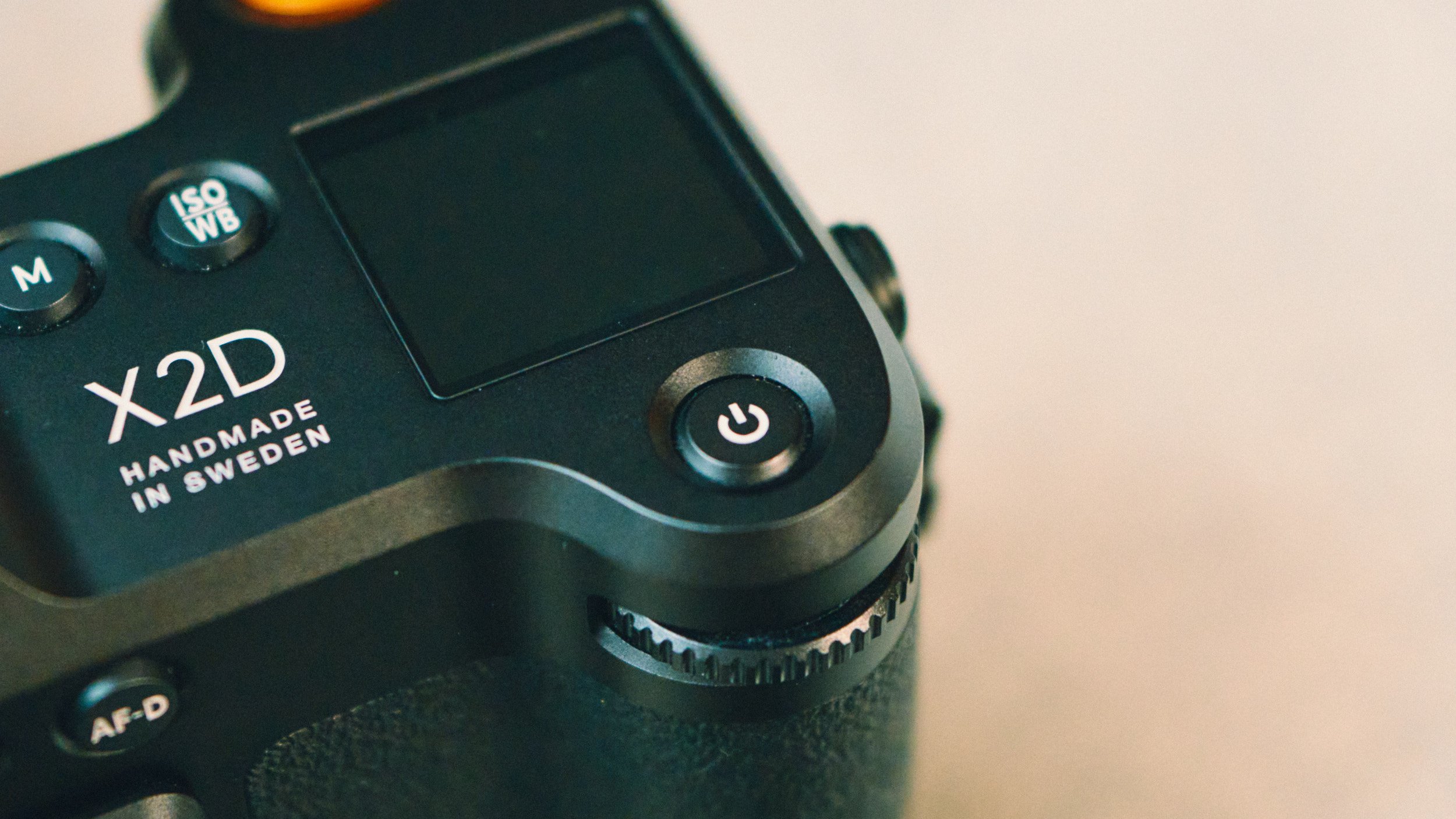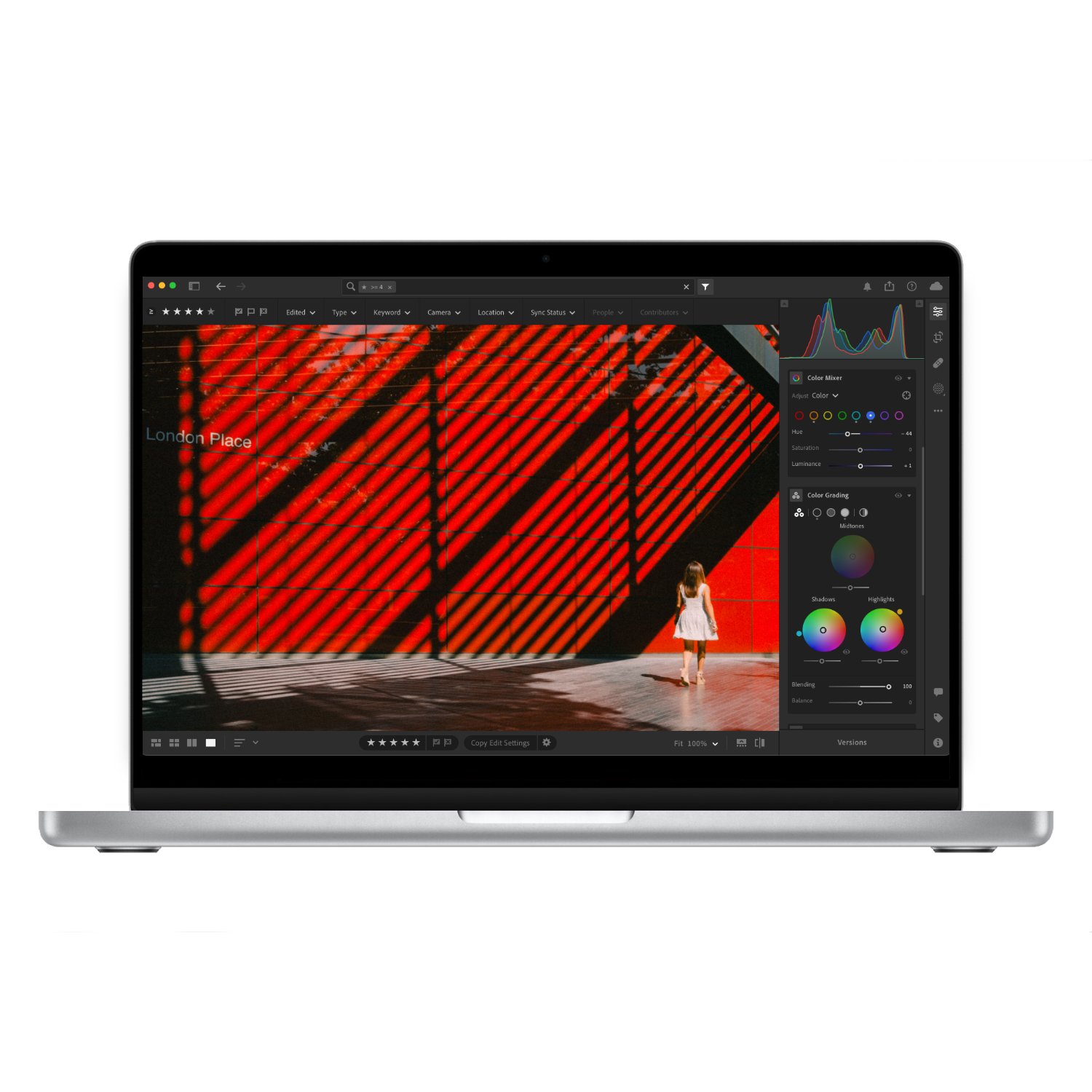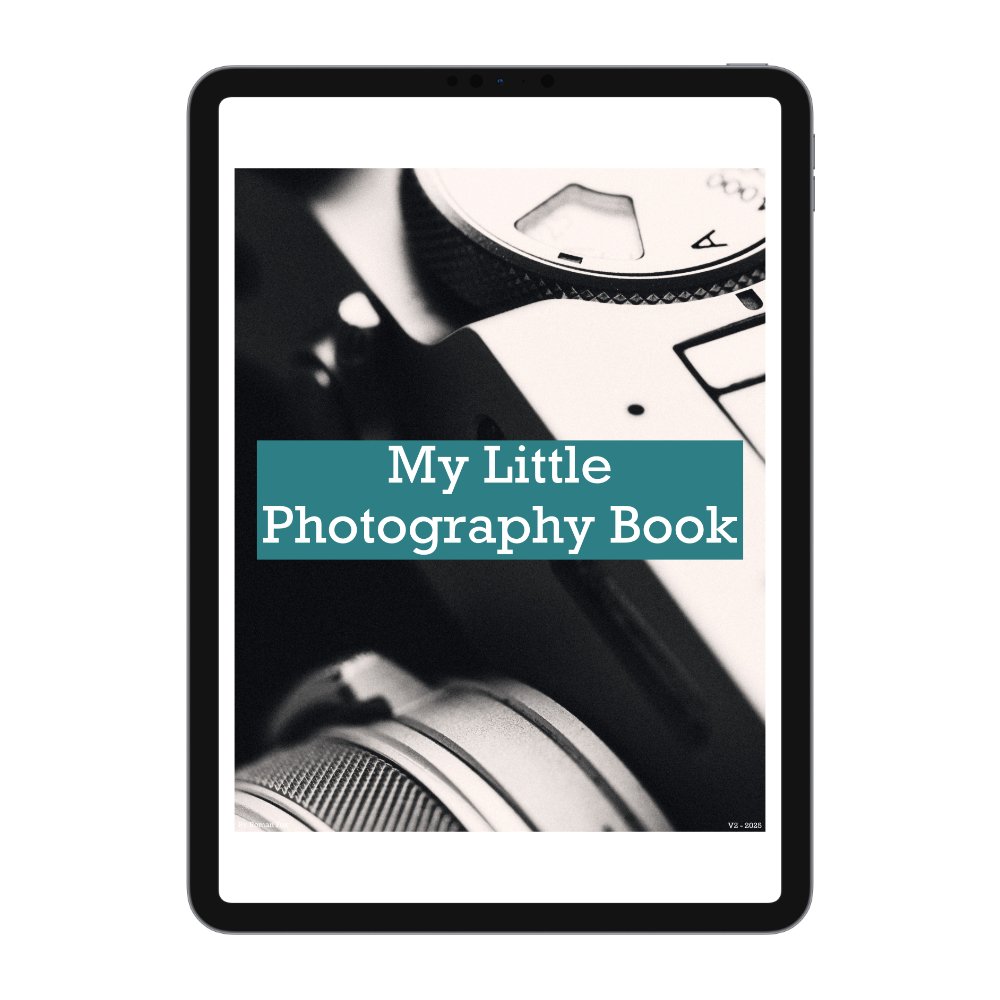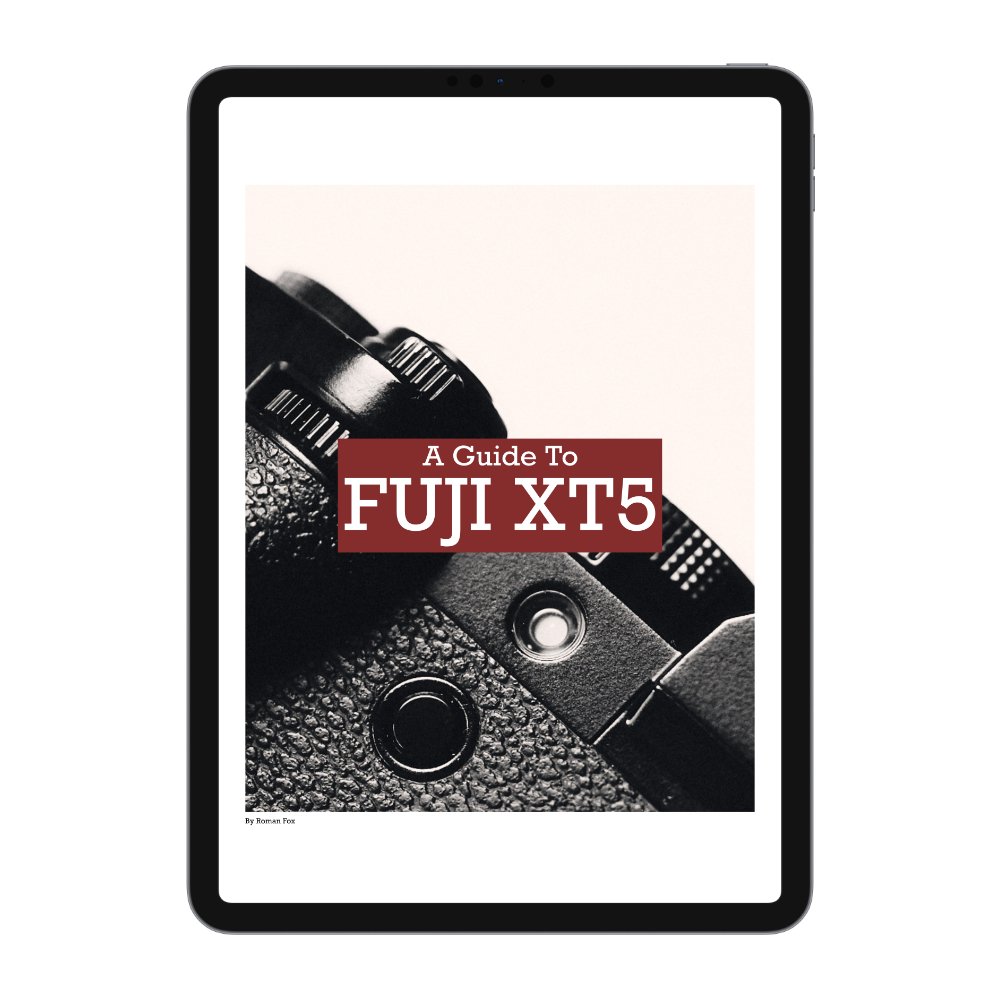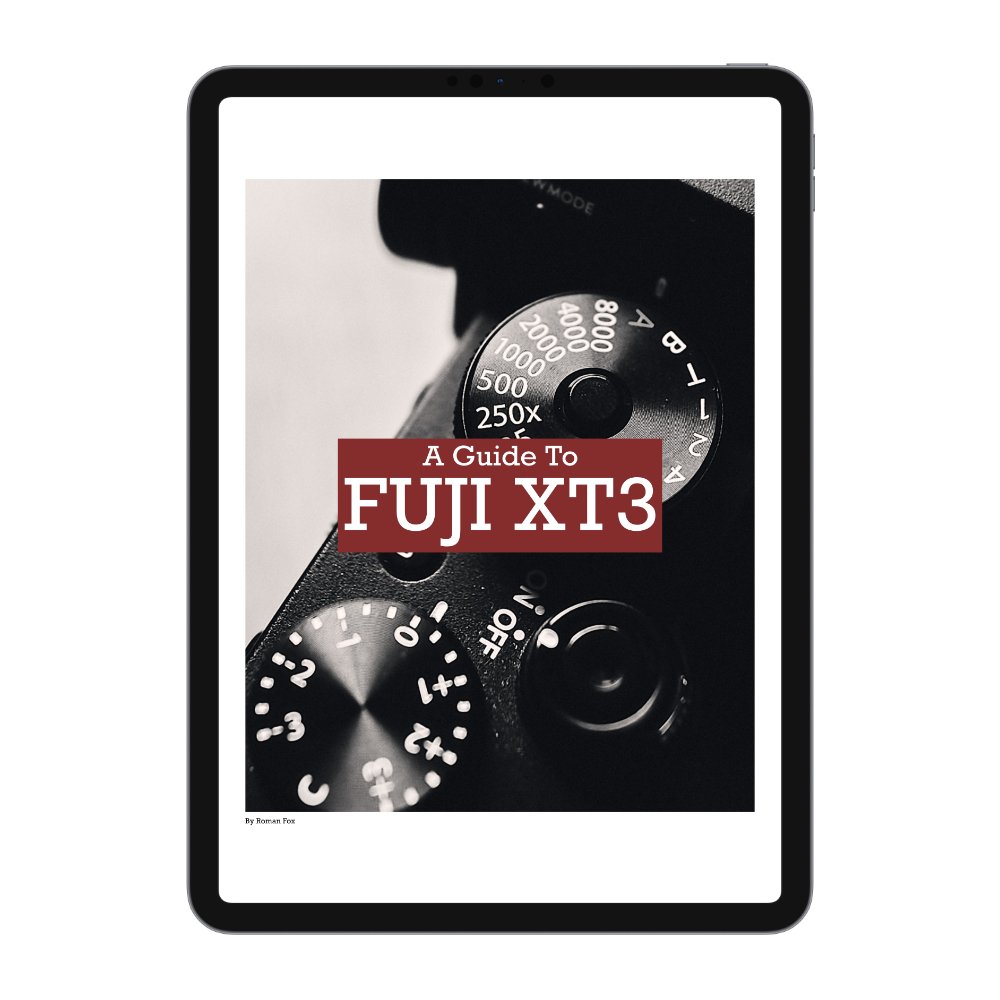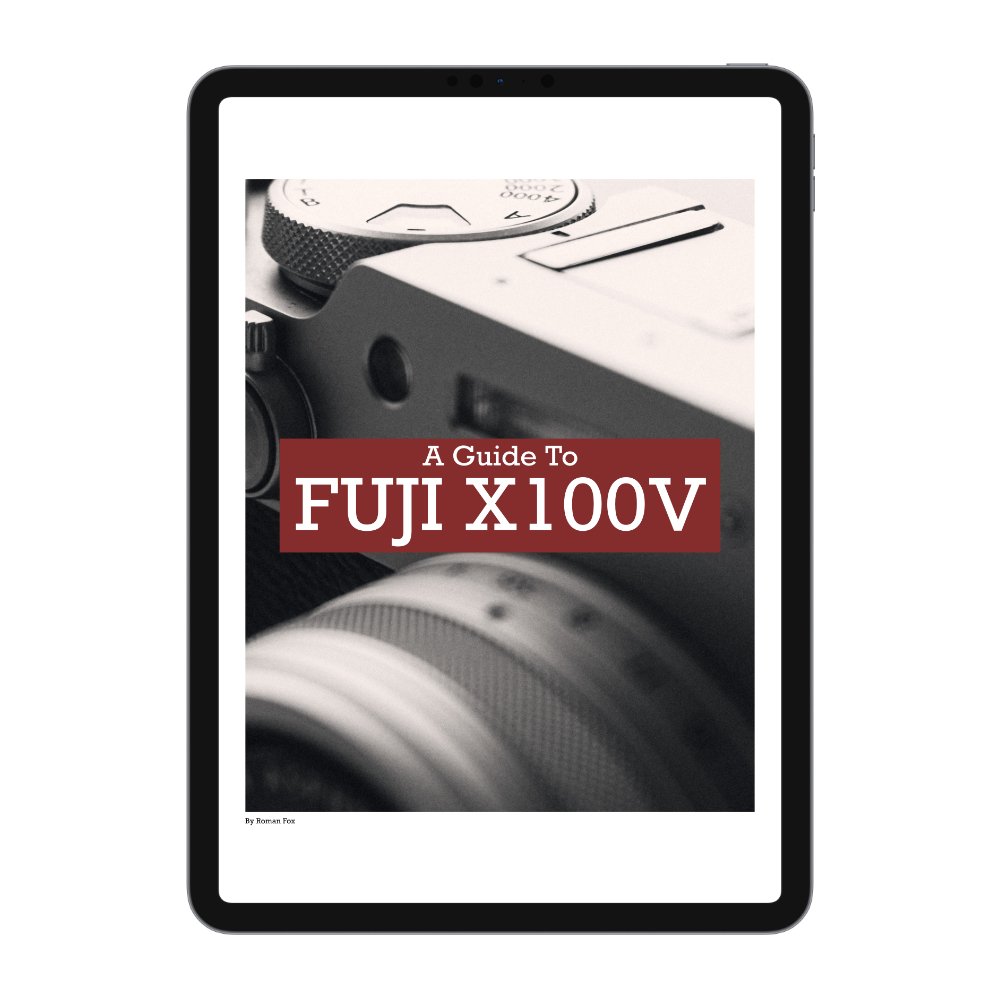5 Things I Love & Hate About Hasselblad X2D
I’ve owned the Hasselblad X2D for six months, and in this blog, I will share five things I love and hate about it. For the purpose of this blog, I will leave out the cost. We know it’s expensive, and “value for money” is a subjective term. For most people, this won’t be good value for money, but for some, it will.
Build Quality
This is one of the best-built cameras out there. I would put it on the same level as Leica, if not a bit higher. It’s a premium product, and you feel it anytime you interact with the camera. From the all-metal lens caps to the materials and even how the buttons feel when clicked. You’re getting a premium experience from the start.
Image Quality
The image quality is nothing short of outstanding. It’s by far the best image I’ve seen out of a camera. The 100MP resolution is obvious, but what’s harder to quantify is how the camera handles highlights. The same can be said for the colour reproduction, which is nothing short of incredible. If you’re after the best image quality, you won’t do much better than this.
Crop Modes & Resolution
Having such a high-resolution sensor means you can use one wider lens and crop to your heart’s content. You can pull 50MP vertical crops from a landscape shot, or you can also get an XPAN-style crop with 50MP. The camera has some built-in crop modes that help with composition. The best bit is the crop you used is reflected in the RAW file when you import it into Lightroom. You can then go to the crop function and either change it or revert back to the full image. While you can always shoot normally and crop later, having these modes in the camera can help with composition and envisioning your shot, at least for me.
Simplicity
This camera is one of the easiest and simplest systems I’ve ever used. There are no gimmicks, useless filters, or bloat. Everything is streamlined, simple, easy to navigate, and you won’t need an IT degree to understand it. Some people might call it too minimal and would expect every feature under the sun for this price, and that’s totally valid. However, for me, the simplicity and minimalism that the X2D offers are one of the selling points.
Manual Focus Experience
I love the manual focus experience, especially if used with the XCD lenses that have the markings. You can assign a custom button for manual focus, then use the back AF button to trigger AF even when in manual focus. You can also slide the focus ring over to put the camera into truly manual focus mode, and considering this a fly-by-wire system, it’s the most intuitive one I’ve used. I would put it on par with the Leica Q3.
Strap Anchors
I have no idea who was responsible for designing the strap anchors, but they really need to address such an awful design. This is very much form and profit over function. Firstly, you need to use the supplied anchors to clip into the side of the camera. Without these anchors, you won’t be able to attach any type of strap. If you happen to lose them (easily done), then you are truly stuffed. I don’t know how this design was approved, but it’s really bad.
Lack of Joystick
This camera could really do with a joystick. The body is big enough to accommodate one, and given the precise nature of the photography most people will use it for, a joystick would really make sense. You can use the screen as a touchpad when you’re looking through the viewfinder, and while it’s the best implementation of this system I’ve seen, it’s still very detached and inaccurate compared to a physical joystick.
Bad AF
The AF is not the best. In actual fact, it’s pretty slow and basic. With some lenses such as the 38mm, it performs better than with others, such as the 90mm. However, it’s slow, it will hunt, it needs contrast, and the small focus point can’t be changed. Obviously, for the purpose this camera is designed for, the AF is 100% capable of doing the job. However, the moment you take it into any fast-paced environment, you will start running into some issues. This is very much a camera you would need to slow down with and let it do its thing.
Lack of Multi-Metering Exposure Mode
If you’re shooting in any mode other than full manual, you’d be disappointed to learn that you don’t have a multi-metering mode. Instead, you’re stuck with centre-weighted. This means that if you’re shooting on a sunny day, and the middle of your frame happens to be bright, the entire scene will be underexposed. This isn’t a huge deal as you can fix this in editing, but it’s a bit annoying.
Slow Startup Time
The camera takes a while to switch on, especially if it’s been off for a while. There is also no consistency in the times. Sometimes it would take five seconds, other times it might be eight. You can thankfully get around this by putting the camera into sleep mode if you’re out shooting; however, this will eat up more battery.
No Capture One Support
If you’re a Capture One user, as it stands, the software will not open nor recognise Hasselblad files. When I asked Hasselblad about it, I was told it’s due to politics between the two companies. Regardless, if you use Capture One, as it stands, this camera simply won’t work.
Needs Light
Like all high-megapixel sensors, you need ample light to get the best image possible. I found that this wasn’t the best camera for night photography for that reason. While it worked great and I was happy with the results, I found my Sony A7R to perform better in low light. Of course, the moment you have enough light hitting the sensor, this all flips, and not much can touch the Hasselblad.


















